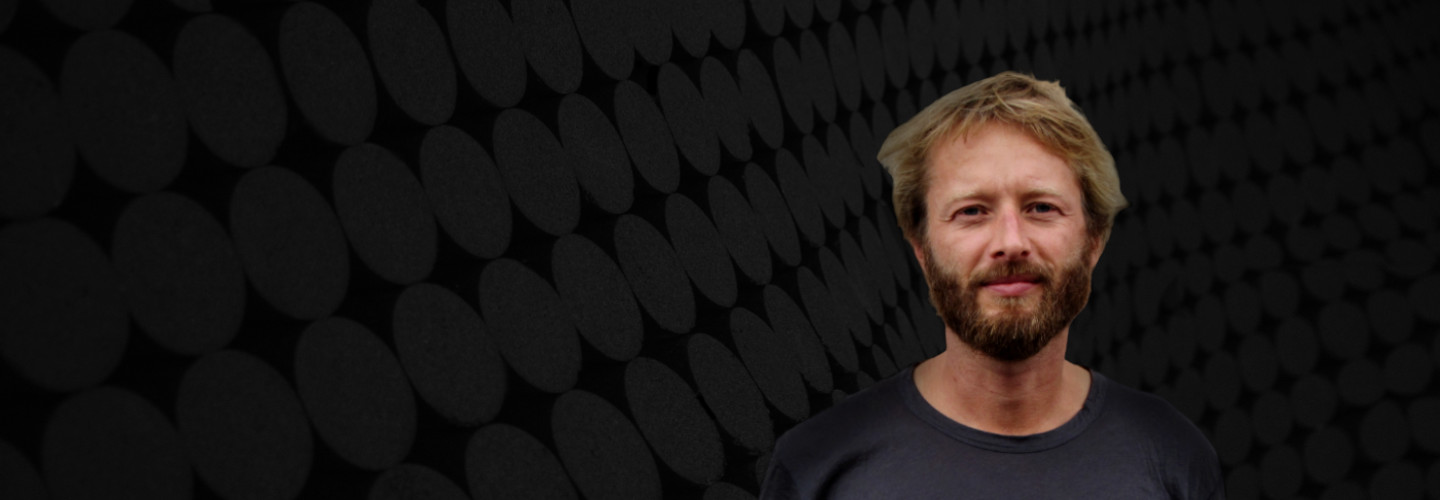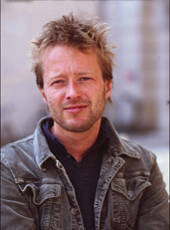

Johannes Maria Staud
Celluloid
Duration: 10'
Dedication: für Joachim Hans komponiert
Solos:
bassoon
Staud - Celluloid for bassoon
Translation, reprints and more

Johannes Maria Staud
Staud: CelluloidOrchestration: für Fagott
Type: Noten (Sonderanfertigung)
Audio preview
Work introduction
Appointed „Capell-Compositeur“ for 2010/11 in Dresden, Staud composed three works for the Staatskapelle Orchestra’s members, among them Celluloid for its solo bassoonist Joachim Hans, its title referring to a poem by Rolf Dieter Brinkmann, which talks of the “endless expanse of celluloid.”
Says Staud: “In my opinion, the bassoon is a rather underestimated instrument; that has only begun to change in the past few years, it seems, at least since Luiciano Berio’s Sequenza. I felt the same about the old celluloid tapes which are unfortunately hardly ever played anymore in his day and age of digitisation.”
Celluloid begins after a pause of about 10 seconds, an oasis of calm before the music commences with gentle, quietest, resonating sounds, produced by light flicks of the tongue on the bassoon’s reed. Glissandi and flutter-tonguing are used in the first bars as colorific elements, their dynamics constantly shaded down to quadruple piano, the metre changing from one bar to the next. Staud gradually adds new effects, such as a quasi-pizzicato, produced by gently flicking the lips over the tip of the reed.
In the following section the texture becomes “irascible, springy and propulsive,” impelled by figurative sextuplets and triplets, the tempo increasing. Staud occasionally calls for sonic effects forbidden to bassoon students by requiring snatches for breath at many points when producing the sound. In passage of effectively pointed gestures, the “reed is suddenly torn out of the mouth, supported by a strong diaphragm accent.” There is not a single bar without a dynamic charge; no bar is similar to another. At the climax of the second formal part, the composer uses so-called multiphonics, rich chords made of spectral sounds generated by specific lip and blowing pressure. A long sustained triple-forte pitch (which returns in modified form) acts as a distinctly audible interface to the third section (“wild, unbound and unbridled”).
Now the bassoon’s voice is characterised by clear caesuras, with rests and varied repeats (augmentation/diminution) of building blocks. A new playing technique, the so-called Berio Tremolo, is introduced between developing varied microphonics. As the structure becomes denser, taking the bassoon’s multifarious characteristics into account, constantly changing micro-articulation is added.
The next section of Celluloid begins “softly, flexible and supple,” audible in the alternating ritardando and accelerando to become long, drawn-out trills.
The fifth part is titled “gentle, fragile and internalised” as it takes up the dynamics of the first part with multisonics and trills. A zone becoming gradually denser leads to a starkly contrasting finale (“vehement, harsh and ruthless”), before 10 seconds of silence close the arch to the work’s beginning.
Celluloid was developed in close cooperation with its dedicatee Pascal Gallois, who “advised Staud on all issues specific to the bassoon.” Gallois’ standard work Die Spieltechnik des Fagotts (2009) is the reference source for all the fingerings, playing techniques and instructions used in Celluloid.
© Therese Muxeneder
Translated by Grant Chorley
